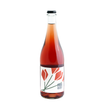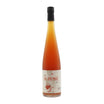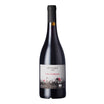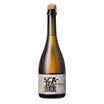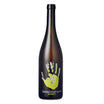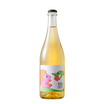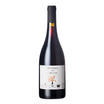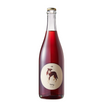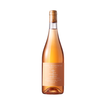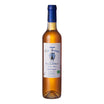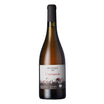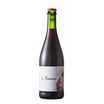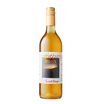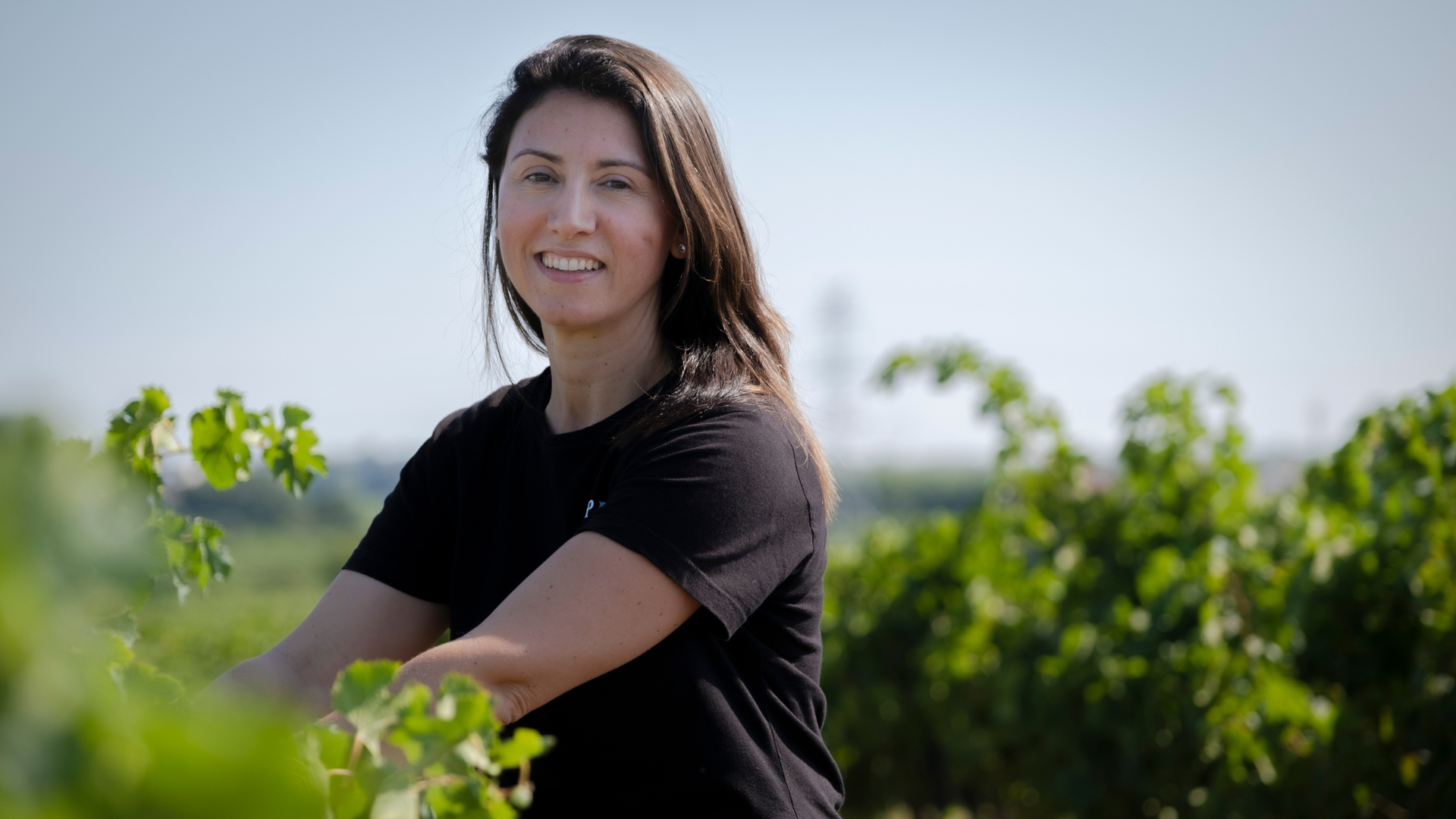Astrological agriculture may seem mysterious to most, but to some producers of natural wines, the concept makes up the building blocks of biodynamic farming. Through the use of an annual astronomic calendar, astrological farmers determine the planting, cultivating, and harvesting schedule of crops in relation to moon phases and astrological signs. Likewise, biodynamic agriculture takes into account the rhythms of nature, while following a sustainable and holistic approach to growing crops. A fully organic process, this branch of agriculture thrives within its own diversified ecosystem with as little external influences as possible.

“Planting By The Moon”
The biodynamic calendar is a tool used by farmers of biodynamic agriculture to determine when to begin each agricultural phase of a crop cycle. With a focus on the belief that the seasons and plant growth are influenced by the moon’s gravitational pull, biodynamics work on the concept that a crop can only reach its full potential when grown in balance with its surrounding ecosystem, guided by the moon and its phases during the crop’s growth period.
Developed by Maria Thun in the early 1960s, the biodynamic calendar is a guide which documents important cycle periods, shedding light on the moon’s movements through the twelve zodiac constellations. The constellations are divided amongst four agricultural elements − earth, water, air, and fire-and refer to intervals known as root, leaf, flower, and fruit days respectively.
In biodynamic viticulture, vines are tended to according to specific cycles. As the moon waxes (gets bigger) and wanes (gets smaller), it is found to affect water in various ways, including the osmosis process in plant root systems (i.e. the absorption of water from the soil). By refering to the intervals depicted in the biodynamic calendar, growers can identify the best time to plant, harvest and prune the vines accordingly. For instance, when the moon waxes, the sap in a plant rises in tandem, and flows abundantly from its roots to its leaves, making it an unsuitable period to prune vines which are not fully dormant as this may damage the crop.
“The Calendar is Physical, Mathematical, Exact”
According to winemaker Marta Casas of Parés Baltà Winery in Penedès, Spain, biodynamic farming practices and the moon’s orbit are related to astronomy instead of astrology. This means that, where the effects of agricultural practices in relation to moon’s orbit can be observed over time, the same is not necessarily so when the same practices are observed in relation to the positioning of stars and other planets. As such, one needs to be mindful when integrating the calendar fully into agricultural procedures. She stresses the importance of making decisions to help maintain nature’s natural processes, allowing the crops to function in harmony with the surrounding ecosystem. In essence, a biodynamic establishment needs to function without excessive interference; and maintain its fertility through the integration of livestock coupled with a suitable crop rotation system.
Thus, organic preparations also play a large part in biodynamic farming. Typically made from animal manure and herbs or mineral substances, organic preparations are widely used as compost, which translates to healthier soil and a more vibrant ecology in the long run. Ruled by the concept of maximising the effects of biodiversity through the use of organic substances, biodynamic farming does not condone the use of non-organic substances, including chemical pesticides, synthetic fertilisers, and genetic engineering techniques.

Tipping the Tipple
From the vineyard to the cellar, the biodynamic calendar is consulted for everything from pruning to harvesting, and racking to tasting the wine. In reference to the moon’s rhythmic cycles, racking wine from one vessel to another is recommended during the moon’s waning phase in order to retain the wine’s aromas. In contrast, wines which require oxygenation should be racked during the waxing phase instead, to make use of the opening process to aerate the wine.

Interestingly, opening a bottle of wine during different phases of the lunar cycle has been found to yield tasting differences for people sensitive to the moon’s forces. For instance, fruit and flower days have been found to successfully accentuate a wine’s fruity and floral features, whereas leaf and root days may bring out a stronger tinge of vegetal or earthy mineral notes respectively.
While this experience may vary for casual drinkers, perhaps moon viewing could be our latest motivation for enjoying a glass in good company.



